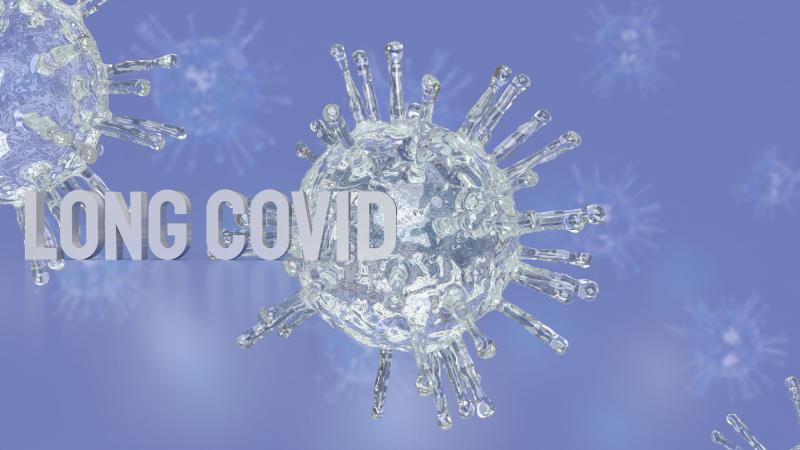Mechanisms of Apheresis Treatment for COVID Recovery

Long Covid has emerged as one of
the most pressing health challenges following the COVID-19 pandemic. It affects
millions worldwide and manifests as a range of persistent symptoms, including
fatigue, cognitive dysfunction, and post-exertional malaise, often lasting
months or years after the acute phase of infection. The complexity of Long
Covid lies in its multifaceted pathophysiology, involving inflammation,
microthrombi formation, oxidative stress, and autoimmunity.
Therapeutic Apheresis Treatmentfor Covid is emerging as a new therapeutic option for Long-Term COVID-19
patients. This extracorporeal blood purification method provides an exciting
means to relieve symptoms by addressing specific biomarkers that cause
inflammation and vascular dysfunction. This article discusses how Long Covid
Apheresis can minimize inflammation, eliminate autoantibodies, and enhance
blood circulation in Long COVID-19 patients.
Understanding Long Covid and Its Challenges
Long COVID is defined by persistent symptoms that profoundly affect patients' quality of life. Frequent symptoms are chronic fatigue, brain fog, shortness of breath, and autonomic dysfunction. These symptoms are frequently underpinned by mechanisms such as:
- Inflammation: High cytokine levels of IL-6 and TNF-α are responsible for systemic inflammation.
- Oxidative Stress: Reactive oxygen species cause tissue damage and worsening of fatigue.
- Microthrombi Formation: Fibrin amyloid-like microclots damage blood circulation, resulting in tissue hypoxia.
- Autoimmunity: Autoantibodies interfere with normal immune regulation and impact the autonomic nervous system.
These interlinked mechanisms
render Long Covid an intricate condition requiring specific treatments such as
therapeutic Apheresis for Long Covid.
What Is Apheresis Treatment for Covid?
Apheresis for Long Covid is a
non-pharmacological extracorporeal therapy that removes deleterious products
from the bloodstream, such as inflammatory cytokines, autoantibodies, lipids,
and toxins. It achieves this by separating plasma or blood components and
selectively eliminating pathogenic elements while circulating cleaned blood
into the patient's system.
Apheresis Mechanisms in Managing Long Covid
1. Decline in Inflammatory Biomarkers:
Evidence illustrates profound declines in CRP following therapeutic Long COVID apheresis. It helps relieve systemic inflammation and conditions such as malaise and fatigue.
2. Removal of Autoantibodies:
Apheresis safely reduces autoantibodies against adrenergic and muscarinic receptors. This restores the function of the autonomic nervous system and lessens cognitive impairment.
3. Enhancement of Blood Flow:
Apheresis removes fibrinogen and microthrombi, increasing blood viscosity and flow. Enhanced oxygen delivery minimizes cardiovascular risks of Long COVID.
4. Oxidative Stress Reduction:
INUSpheresis lowers oxidative
stress markers, such as hydrogen peroxide, by more than 90%, reducing tissue
damage and speeding up recovery.
Potential Benefits Beyond Symptom Relief
Apheresis Treatment for Covid provides
secondary advantages of diminishing long-term cardiovascular risk by removing
lipids. It could also be a bridge therapy pending refinement of other
treatments or while combined therapies are being evaluated.
Safety Considerations
Studies have shown that
therapeutic apheresis performed under close medical supervision causes minimal
adverse reactions. However, ethical issues regarding access and
cost-effectiveness need to be resolved so that equitable treatment becomes
available.
Future Directions in Apheresis Research
- Establishing objective biomarkers to track treatment efficacy.
- Individualizing protocols according to the patient's profile.
- Combining apheresis with complementary therapeutic agents such as physical rehabilitation or anti-inflammatory medications.
Conclusion
Therapeutic Apheresis For Long Covid holds great promise in addressing the underlying mechanisms driving Long Covid symptoms. Reducing inflammation, removing autoantibodies, improving blood flow, and minimizing oxidative stress offer hope for symptom relief and improved quality of life for patients worldwide. Continued research will refine its application and expand access globally, paving the way for innovative recovery pathways for Long Covid sufferers.

Comments